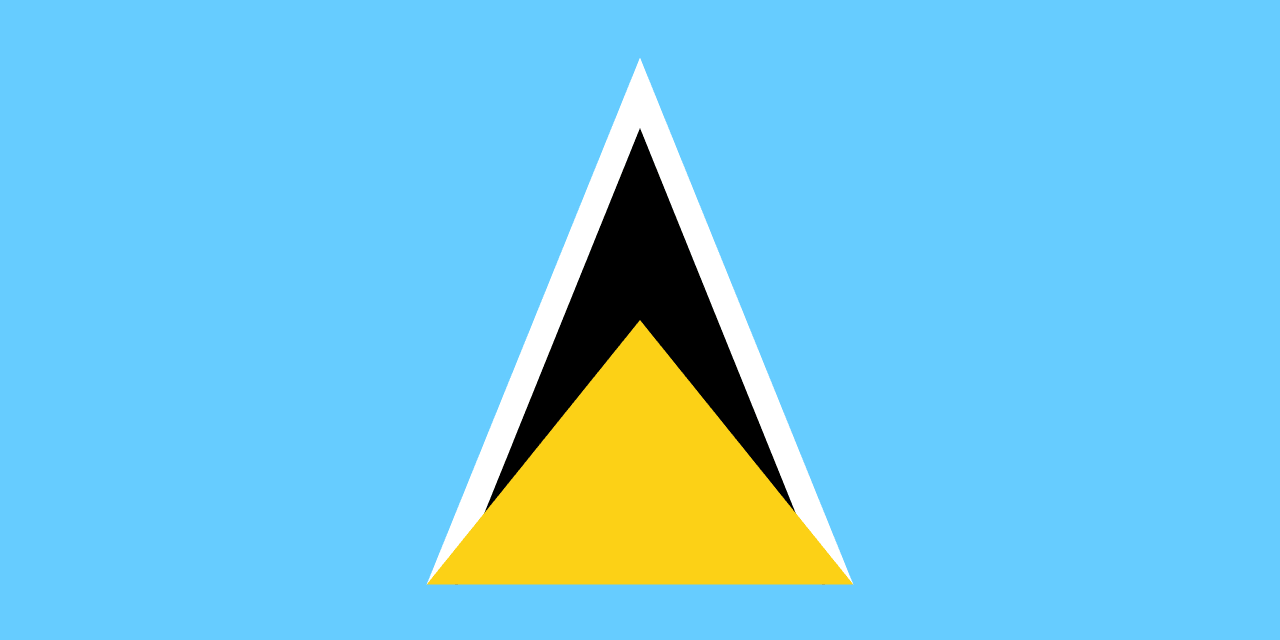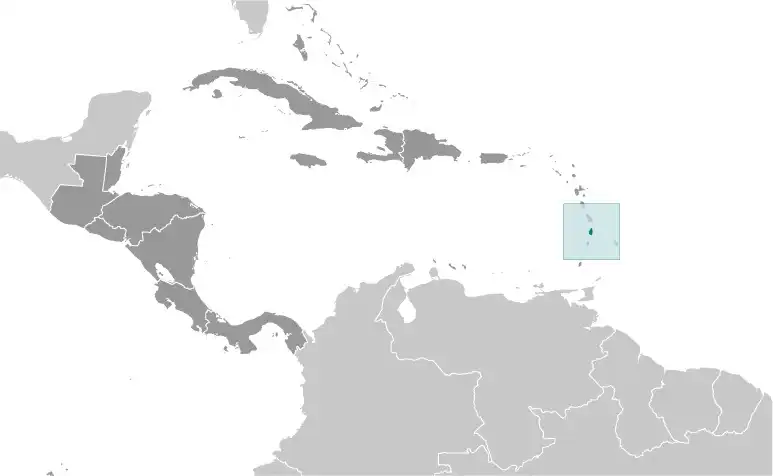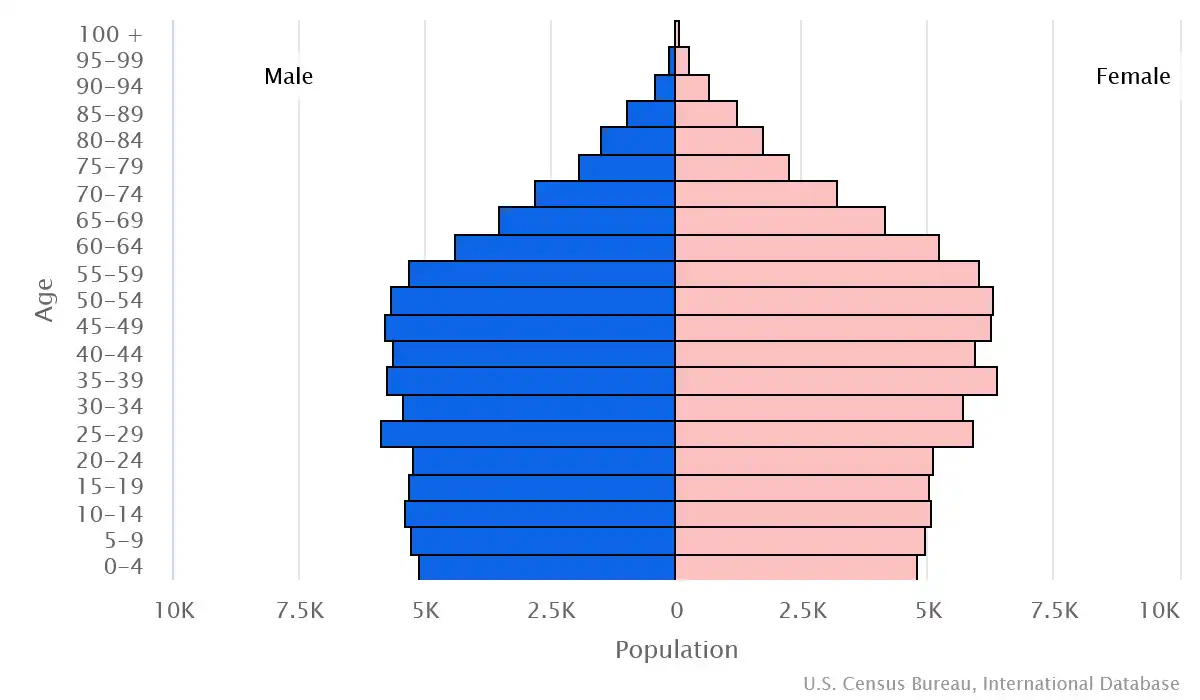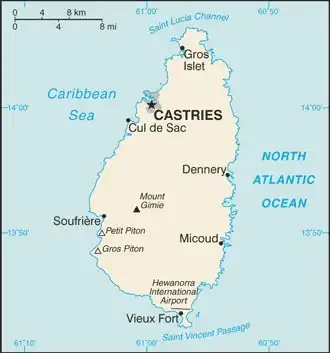
Saint Lucia Country Profile
Key Facts of Saint Lucia

| Government type: | parliamentary democracy under a constitutional monarchy; a Commonwealth realm |
| Capital: | Castries |
| Languages: | English (official), Saint Lucian Creole |
Saint Lucia Demographic Data
Ethnic Groups in Saint Lucia(2010 est.)
Religious Groups in Saint Lucia (2010 est.)
Age pyramid of Saint Lucia

Saint Lucia Economy Statistics
Economic overview of Saint Lucia
upper middle-income, tourism-based Caribbean island economy; environmentally fragile; energy import-dependent; major banana producer; well-educated labor force; key infrastructure, IT, and communications investments
Saint Lucia Real GDP (purchasing power parity) in Billion $
Saint Lucia Real GDP per capita in $
Saint Lucia's Exports & Imports in billion $
Top 5 Import Partnerin 2022 (87%) of Saint Lucia
Top 5 Import Commodities in 2022 of Saint Lucia
- refined petroleum ⛽
- cars 🚗
- plastic products ♻️
- poultry 🍗
- flavored water 💧
Top 5 Export Partnerin 2022 (63%) of Saint Lucia
Top 5 Export Commodities in 2022 of Saint Lucia
- beer 🍺
- gravel and crushed stone 🪨
- paper containers 📄
- refined petroleum ⛽
- liquor 🍷
Geography of Saint Lucia
Map of Saint Lucia

Land and Water Distrubtion of Saint Lucia
Natural Resources of Saint Lucia
- forests 🌳
- sandy beaches 🏜️
- minerals (pumice) 🪨
- mineral springs 🌊
- geothermal potential 🌋
Climate inSaint Lucia
tropical, moderated by northeast trade winds; dry season January to April, rainy season May to August
History of Saint Lucia - a Summary
England and France contested Saint Lucia -- with its fine natural harbor at Castries and burgeoning sugar industry -- throughout the 17th and early 18th centuries, with possession changing 14 times; it was finally ceded to the UK in 1814 and became part of the British Windward Islands colony. Even after the abolition of slavery on its plantations in 1834, Saint Lucia remained an agricultural island, dedicated to producing tropical commodity crops. In the mid-20th century, Saint Lucia joined the West Indies Federation (1958–1962) and in 1967 became one of the six members of the West Indies Associated States, with internal self-government. In 1979, Saint Lucia gained full independence.
